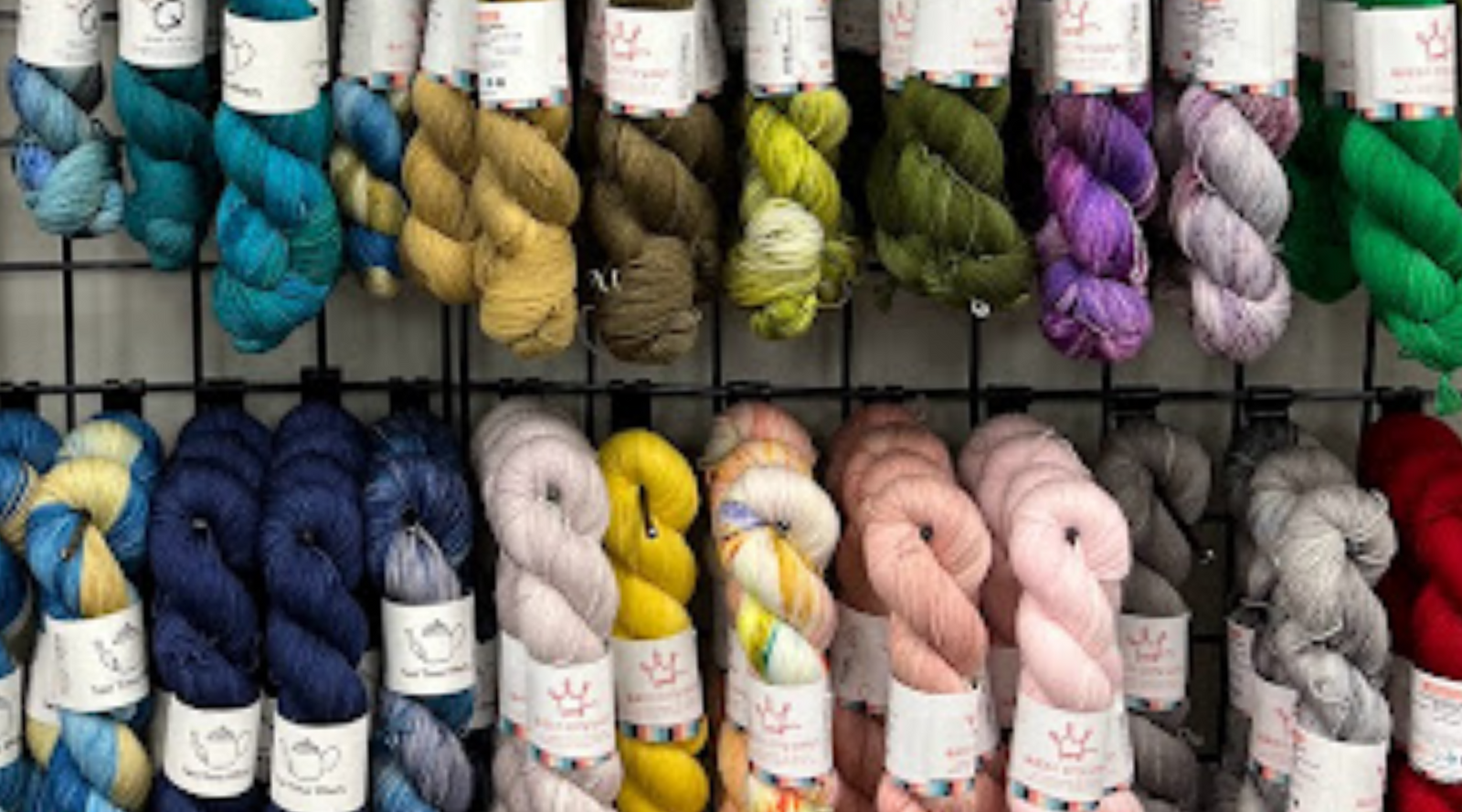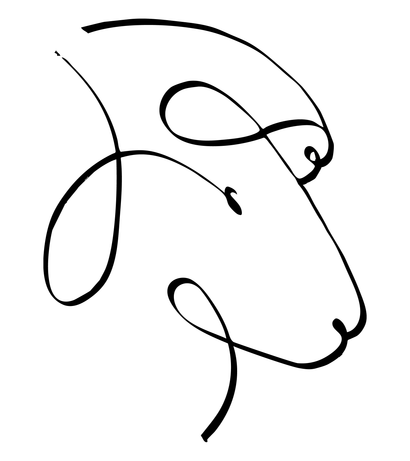Free shipping on all domestic orders over $150
Free shipping on all domestic orders over $150
Shop
Add description, images, menus and links to your mega menu
A column with no settings can be used as a spacer
Link to your collections, sales and even external links
Add up to five columns
Add description, images, menus and links to your mega menu
A column with no settings can be used as a spacer
Link to your collections, sales and even external links
Add up to five columns

Getting to know sock yarn
October 17, 2022 3 min read
What is sock yarn?
While many yarns can be used to make socks, and sock yarn can be used to make many things, sock yarn typically refers to a fingering weight blend of superwash wool and nylon or silk.
Sock yarn is often hand-dyed to create socks with a fun and colorful appearance. Some sock yarns is machine engineered to create designs resembling traditional colorwork patterns
Although there is single ply-sock yarn, Sock yarn is often spun with multiple strands, and given a tight twist which increases its strength and durability.
What is the difference between sock yarn and regular yarn?
Yarn is a rather broad term that can include all kinds of fibers, construction methods, weights, types of ply, and finishes. When sock knitters refer to sock yarn, they tend to mean yarn with a gauge of between 27 and 35 stitches per 4 inches, and between 400 and 460 yards per 100 grams. Most sock yarns are superwash wool blended with nylon, as mentioned above.
What is sock yarn made of?
Sock yarn is typically made of a blend of superwash wool and between 15% to 25% nylon or silk. Wool is traditionally used for socks because wool is both absorbent and moisture wicking. Wool pulls (wicks) moisture vapor away from your skin before it can become sweat. And it can absorb more than 30% of its weight before it even feels damp. (https://www.americanwool.org/wool-101/science-of-wool/)
The addition of nylon or silk to sock yarn gives the yarn more durability so your socks last longer and are more easily repaired if the fibers begin to wear out.
A few cotton blend sock yarns have been produced. Cotton yarns need the addition of elastane to ensure there is sufficient elasticity and recovery in the fabric.
What yarn weight is sock yarn?
While there are sock yarns in a variety of weights, when sock knitters refer to sock yarn, they typically mean fingering weight (4-ply in other parts of the world), which knits at a gauge of between 27 and 32 stitches per 4 inches. See blog post here for more information on yarn weights
Is sock yarn the same as fingering?
In terms of yarn weight and gauge, sock yarn and fingering weight yarn have the same gauge, meaning they knit at about the same number of stitches per inch. However, they are not the same thing. As mentioned above, sock yarn has specific properties that sock knitters have come to expect when they refer to sock yarn.
Can't I use any yarn to make socks?
You can absolutely use any yarn to make socks, but remember that thicker yarns will produce thicker socks, non-wool fibers are less absorbent, and socks made with very soft and lofty yarns may not hold their shape and may wear out more quickly.
How much yarn do I need for a pair of socks?
You will need 100g of sock yarn to make a pair of mid-calf socks to fit an average woman’s foot.
How many yards of yarn do I need for a pair of socks?
You will need between 400 and 460 yards of sock yarn to make a pair of mid-calf socks to fit an average woman’s foot.
Can you use sock yarn for other projects?
Absolutely! Sock yarn is washable, durable, and creates a lovely fabric with lots of drape, so it is perfect for shawls, scarves, gloves, hats, and sweaters. Hand-dyed sock yarn is especially fun for colorful projects. Because it’s so easy-care, sock yarn is also perfect for baby garments, blankets, and toys.
What is the best yarn for socks?
The best yarn for socks provides absorbency, moisture-wicking, elasticity, washability,, comfort, strength and durability. We have found that superwash wool with at least 15% nylon and a nice tight spin gives you all of these characteristics. We love Tea Time Fibers Morning Tea, Queen City NoDa Sock, and Manos del Uruguay Alegria, all of which are fingering weight, machine-washable wool/nylon blends hand dyed in a lovely range of variegated, tonals, and semi-solids.
What’s the best yarn for beginning sock knitters?
Jenny May, our sock diva, always starts beginners on Manos Alegria Grande, a worsted weight, machine-washable wool/nylon blend. She knows that sock-knitting techniques are easier at this gauge which helps build a new sock-knitter’s confidence. Once you understand the techniques, you can move onto socks at a traditional fingering weight gauge.
If you love this post, please share

